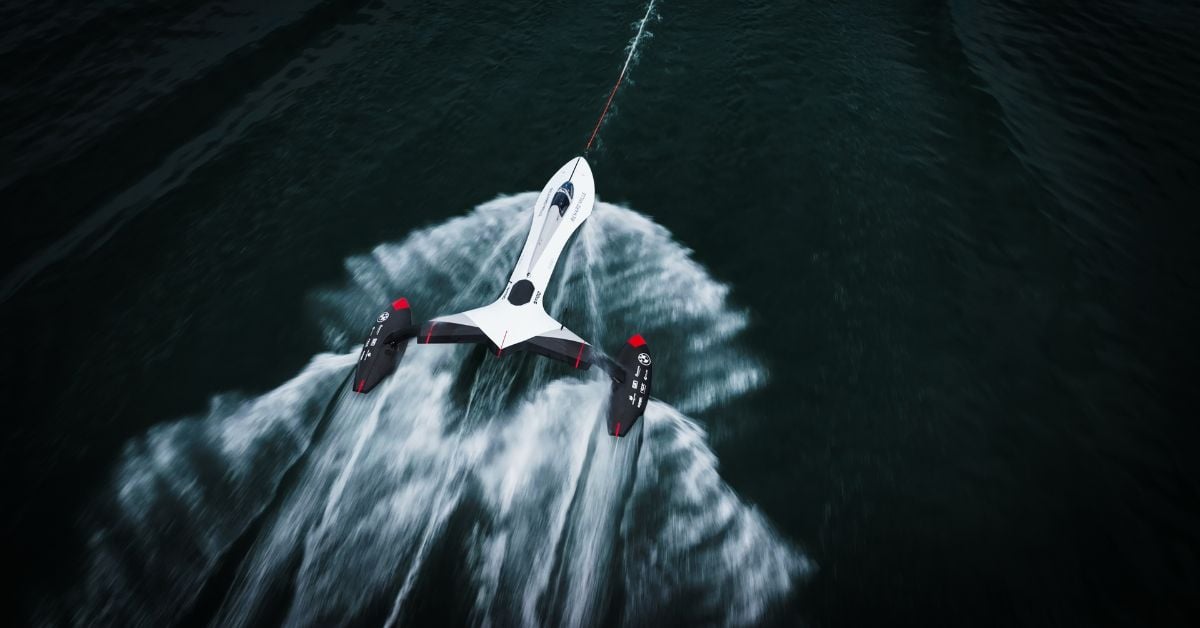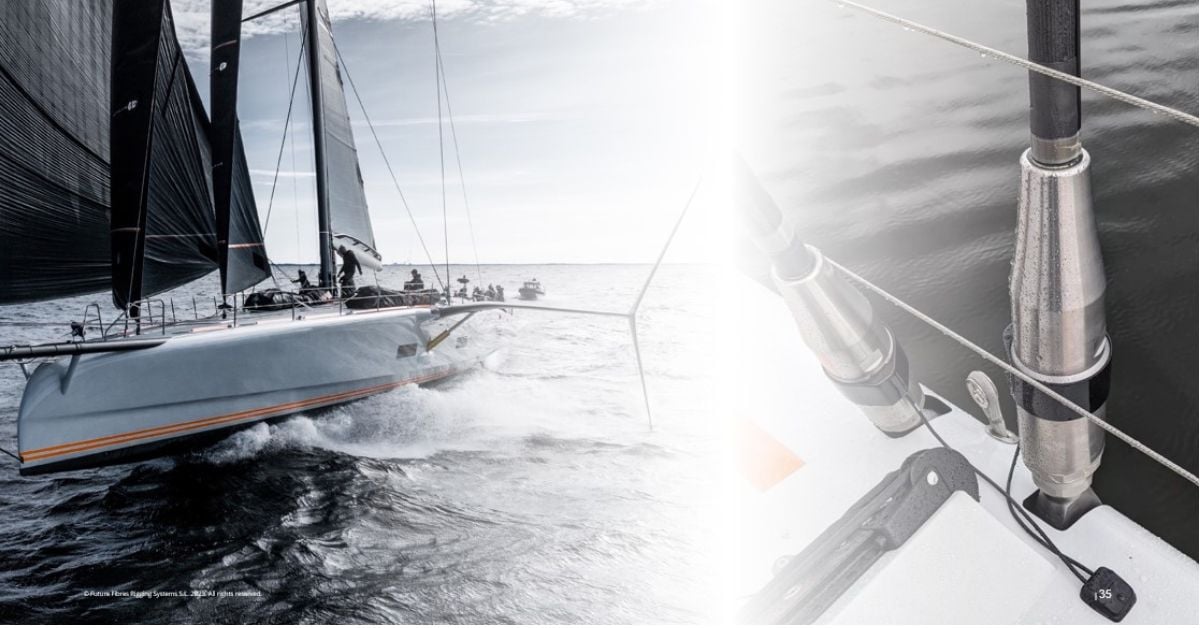Rise of the robots
 Charlotte Thomas for SuperYacht Times
Charlotte Thomas for SuperYacht Times
Is the custom nature of a superyacht a definitive barrier to adopting robotic automation in the build process? As Industry 4.0 reshapes manufacturing processes across the board and robot technologies evolve, the answer might not be as straightforward as you think.
Something big is happening in manufacturing. It has been labelled Industry 4.0, otherwise known as the Fourth Industrial Revolution, and it’s all about bringing further automation to manufacturing processes. We know of the rise of the machines in the automotive sector (who can forget Fiat’s classic ‘Hand Built By Robots’ TV ad campaign in the late Seventies?), but since the 1980s commercial shipbuilders have also been adopting these new technologies. Programmable welding robots, for example, were a natural progression from automotive applications centred on rinse-and-repeat actions for the mass production of standardised parts.
Most large-scale leisure yacht builders today use some form of automation, whether it is multi-axis CNC machines for the preparation of moulds or components, large-scale table cutters for producing build components from sheet materials, or automated spray booths for interior fit-out and furniture components. Groupe Beneteau has started to adopt robots to apply gelcoat, while others such as Cranchi use overhead Kawasaki robots for cutting and spraying fibreglass and top coat on yachts up to 24 metres.
Robotic automation and assembly has become an obvious path for companies making repeatable, high-volume products, from engine manufacturers to jet-ski companies. Genmar took it a step further (before eroded sales sent them into bankruptcy in 2009) with its Virtually Engineered Composites (VEC) hulls that promised a hull in an hour and the capacity to produce 20,000 small boats a year on an automated production line.
Late adopters
But pundits argue that superyachts are very different. They are not consistent like small series boats or the block assembly of large ships, so the processes cannot be automated, and robot welders cannot access spaces like fuel tanks that humans can.
“Shipyards are very much behind in digitisation and automation when it comes to production – they are very late adopters, which I can understand because it’s such a sensitive topic,” says Patrick MacHill, partner and co-founder of Robosurf, which has developed automation technology for surface finishing and paint application in the yachting segment. “On the other hand, there’s never been a better time because the technology is there, it’s proven and there are so many benefits.”
Benefits include improved efficiency and sustainability. In filling and fairing, for example, the robotic process is more precise, uses less material and has less wastage than conventional filling and fairing by hand. Moreover, it can cover up to 10 square metres per minute, which represents a huge time saving over conventional methods.
Robosurf brought its solution to market in 2019, the same year that AkzoNobel brought out its Awlfair SF spray filler. It was perfect timing. Robosurf took an industrial robot and combined it with a steel frame on which the robot arm could move up and down to cover up to 17 metres vertically. They have since combined this with a second robot that adds mobility to the unit for horizontal freedom of movement.
Using a 3D map of the hull, the operator can instruct the robot where to apply filler. Robosurf says the scanning of a 70-metre superyacht hull it undertook in Ancona early in 2023 took less than a day. Once the robot has been primed with the surface map information, it can cover up to 10 square metres a minute – a significant time advantage for what typically can be a very long and labour-intensive filling process.
One of the limiting factors is the cost of the equipment – €1 million or more In the case of the Robosurf solution. It is a big number for a yacht builder with relatively small output, but MacHill is convinced that it can offer a very quick return on investment when the numbers are crunched and refers to the 70-metre hull by way of example.
“The complete filling and fairing could take a year or longer, with 20 to 25 man hours per metre,” he says. “But if it costs between €800,000 and €1.5 million to complete that process, depending on where you are, that still means a RoI [Return on Investment] within a build, or maybe two.”
The efficiencies in terms of material used and time saved are considerable. Further, for some yards it might make sense to rent the robots rather than buy them outright, and Robosurf plans to offer leasing from a few days up to 36 months. There are also plans to offer upgrades via what Robosurf calls app kits, which combine hardware components (the sanding tool, for example) with the software needed for the robot to use it.
Collaborative robots
Cobots – or collaborative robots – are a new type of robot that are starting to offer manufacturing opportunities. They are small, light robot arms that have been designed specifically to work alongside humans rather than separate from us. They can be programmed and controlled through smartphone apps and can be taught routines intuitively, meaning you do not have to have an army of programmers to use the tech. With multiple interchangeable tool heads they could be used for everything from sanding wood components in the cabinetry workshop to picking parts and assisting with component building. They also require much less investment than the large industrial robots, typically running to the low- to mid-tens of thousands of euros.
“I think this is only the beginning,” says MacHill. “At the moment we are mainly focusing on the hull because it’s a big area that consumes a lot of time, energy and resources. But there is scope for the scanning and digitisation of the superstructure and technical areas which adds value and creates a more complete set of documentation. Then we can think about smaller robots for the smaller areas. This is something that could be developed because the technology is the same – it doesn’t matter if it’s big or small, it’s the quality of the application that counts.”
There is also potential for gantry-style robot stations for the platform or series builders operating in the 30-50-metre aluminium- and steel-hulled segment, where hulls and superstructures are more consistent and where robotic solutions could speed up production processes for hull treatment prep and finishing. Moreover, installing automatic storage and retrieval systems (ASRS) could help a shipyard streamline its components and parts cataloguing, particularly pertinent given recent supply chain issues.
MacHill emphasises that robots do not represent a threat to human workers, although their jobs may well change. Robots still need to be programmed, and often the people who were doing the job of the robot before are retained in supervisory and quality control capacities. Robots may also provide an answer to another problem that shipbuilding in general faces: the shortage of skilled workers in key trades.
“We need open-minded players in all aspects and all fields to come together and work together,” MacHill concludes. “It needs a mental shift, but what they offer and the savings they deliver are amazing – who wouldn’t want this?”


